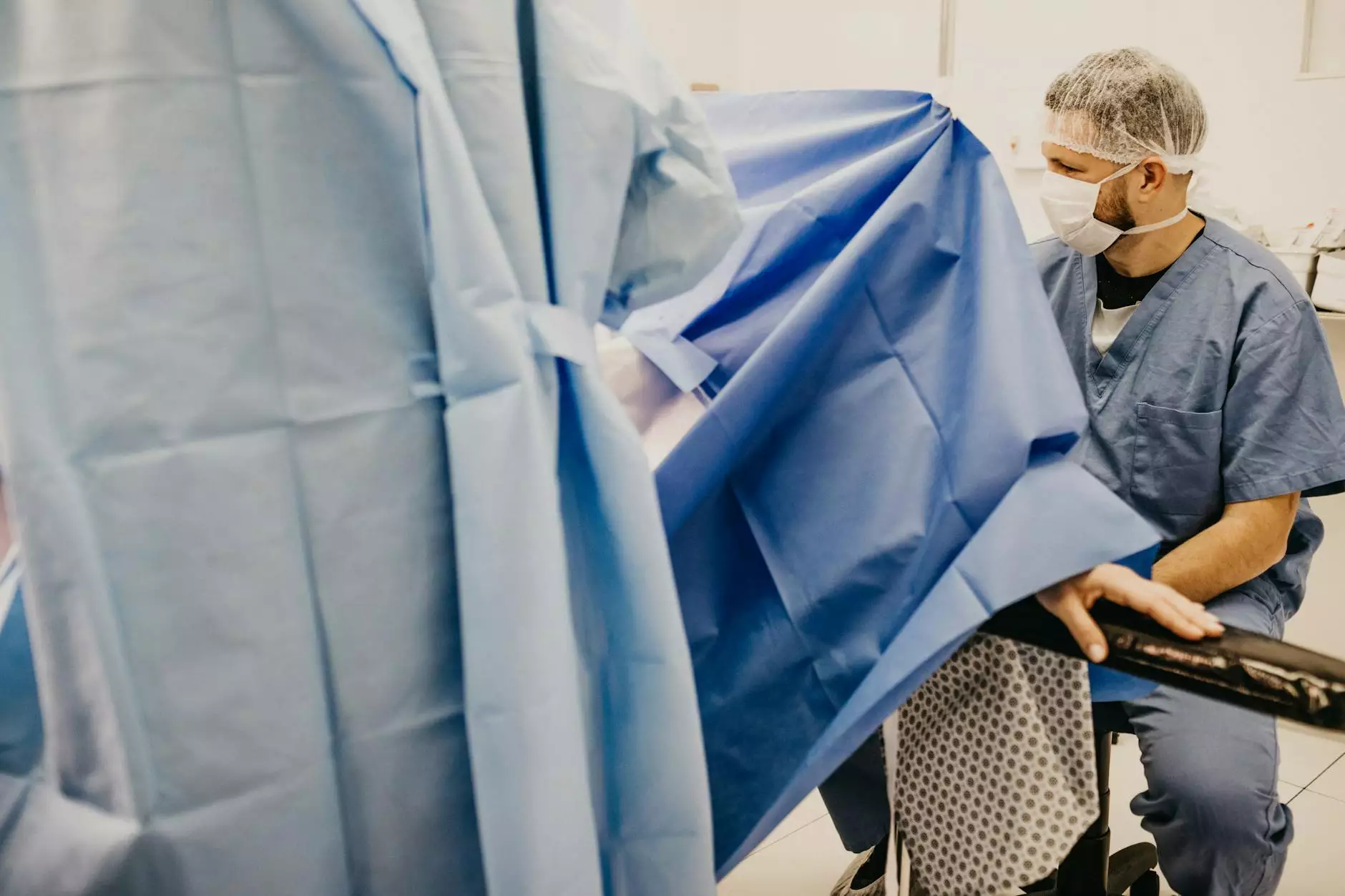Understanding Swollen Ankles After Surgery

Experiencing swollen ankles after surgery is a common concern among patients undergoing various types of surgical procedures. While some degree of swelling is expected, it is essential to understand the underlying causes, explore treatment options, and take preventive measures to mitigate this issue.
The Causes of Swollen Ankles After Surgery
Swollen ankles, medically known as edema, can occur for several reasons after surgery. Here are some of the most common factors contributing to this condition:
- Fluid Retention: Post-operative procedures often result in fluid accumulation in the body. This is particularly prevalent after major surgeries where intravenous fluids are administered.
- Inactivity: After surgery, patients may be less mobile, which can lead to decreased circulation and cause fluid to pool in the lower extremities.
- Inflammation: Surgical trauma induces an inflammatory response in the body. This inflammation can lead to increased permeability of blood vessels, causing fluid to leak into surrounding tissues.
- Blood Clots: In some situations, the formation of blood clots in the legs can impede normal blood flow, resulting in swelling.
- Post-surgical Medications: Certain medications prescribed after surgery, such as steroids, may contribute to fluid retention.
Recognizing Symptoms of Swollen Ankles
Understanding the signs of swollen ankles after surgery is critical for timely intervention. Symptoms may include:
- Visible Swelling: One or both ankles may appear significantly larger than usual.
- Puffiness: The skin around the ankles may feel stretched, and the texture may appear shiny.
- Discomfort or Pain: Swollen ankles can sometimes be painful or uncomfortable, especially with movement.
- Limited Mobility: Patients may find it challenging to walk or stand due to swelling and discomfort.
- Color Changes: In severe cases, the skin might change color due to increased pressure and reduced circulation.
When to Seek Medical Attention
While some degree of swelling may be typical, there are specific scenarios that require immediate medical evaluation:
- Severe Pain: If the swelling is accompanied by intense pain, it may indicate a serious underlying issue.
- Redness or Warmth: Any redness or warmth in the swollen area could suggest infection or blood clots.
- Breathing Difficulties: If combined with swelling, difficulties breathing could indicate a serious condition requiring urgent medical care.
- Persistent Symptoms: If swelling persists beyond a reasonable timeframe post-surgery, consult your healthcare provider.
Treatment Options for Swollen Ankles
Managing swollen ankles after surgery usually involves a combination of home remedies and medical treatments. Here’s an overview:
1. Rest and Elevation
One of the simplest methods to reduce swelling is to rest and elevate the affected leg. Keeping the ankles elevated above heart level can help decrease fluid accumulation.
2. Compression Garments
Wearing compression stockings can provide support to the veins, helping to prevent fluid from pooling in the feet and ankles.
3. Controlled Movement
Engaging in light physical activity, as advised by a healthcare provider, can enhance circulation and aid fluid reduction. Activities like gentle foot pumps can be beneficial for promoting blood flow.
4. Dietary Adjustments
Reducing sodium intake can help lessen fluid retention. Incorporating potassium-rich foods, such as bananas and sweet potatoes, may also support fluid balance.
5. Medication
In some cases, doctors may prescribe diuretics to help reduce fluid retention. However, these should only be taken under medical supervision.
Preventive Measures After Surgery
Prevention is always better than cure. Here are strategies to minimize the risk of developing swollen ankles after surgery:
- Hydration: Drink plenty of fluids to stay hydrated, which can help the body manage its fluid balance.
- Frequent Movement: As soon as it is safe, try to move around or perform light exercises to promote circulation.
- Follow Medical Advice: Adhering strictly to post-operative care instructions can significantly reduce risks associated with surgery.
- Foot and Leg Elevation: Regularly elevating your legs, even when resting, can help in managing swelling.
- Using Compression Gear: If you are at high risk of edema, wearing compression gear during recovery can be helpful.
Emotional Impact of Swollen Ankles After Surgery
Dealing with complications like swollen ankles after surgery can also have a psychological effect. Patients may experience frustration and anxiety due to restricted mobility. It’s important to acknowledge these feelings and, if necessary, seek support from mental health professionals.
Conclusion
In summary, while swollen ankles after surgery might be common, understanding the causes and having a treatment plan can significantly impact recovery. Always consult healthcare professionals for personalized advice and treatment. By taking proactive measures, you can mitigate swelling, ensure a smoother recovery, and return to your daily activities effectively.
At Truffles Vein Specialists, we prioritize your well-being and are committed to providing you with the highest level of care. If you have concerns about your recovery or the effects of surgery, do not hesitate to reach out. Your path to recovery is our utmost priority.









